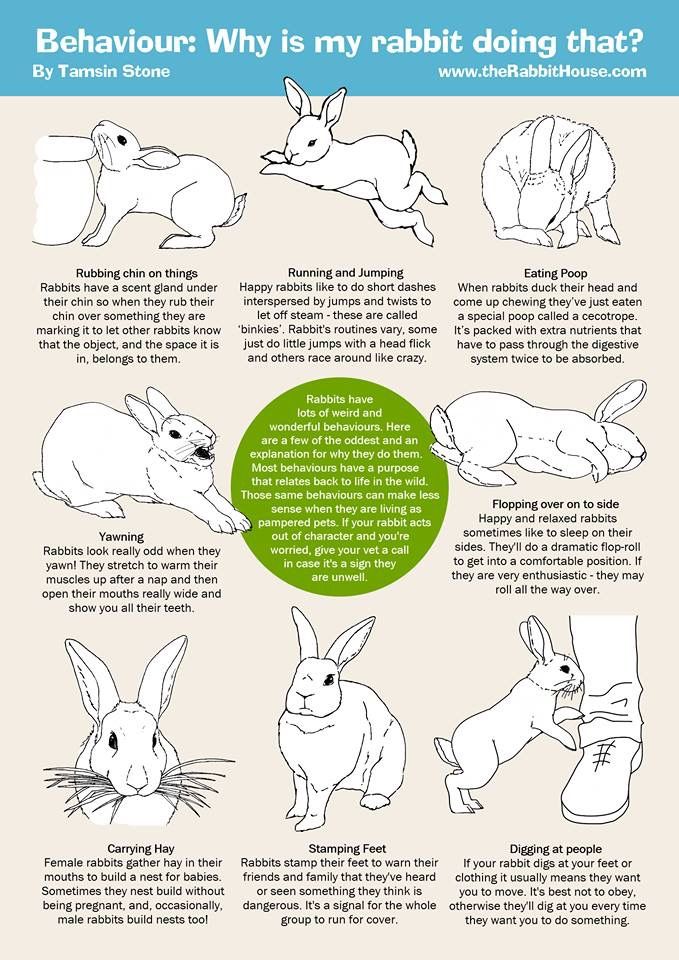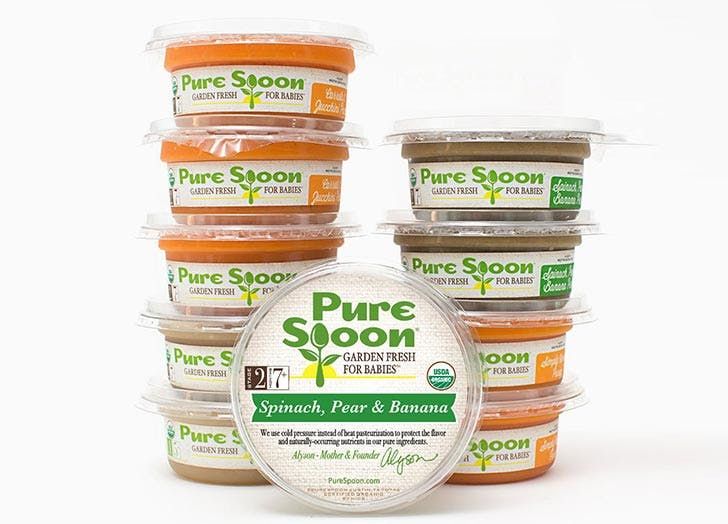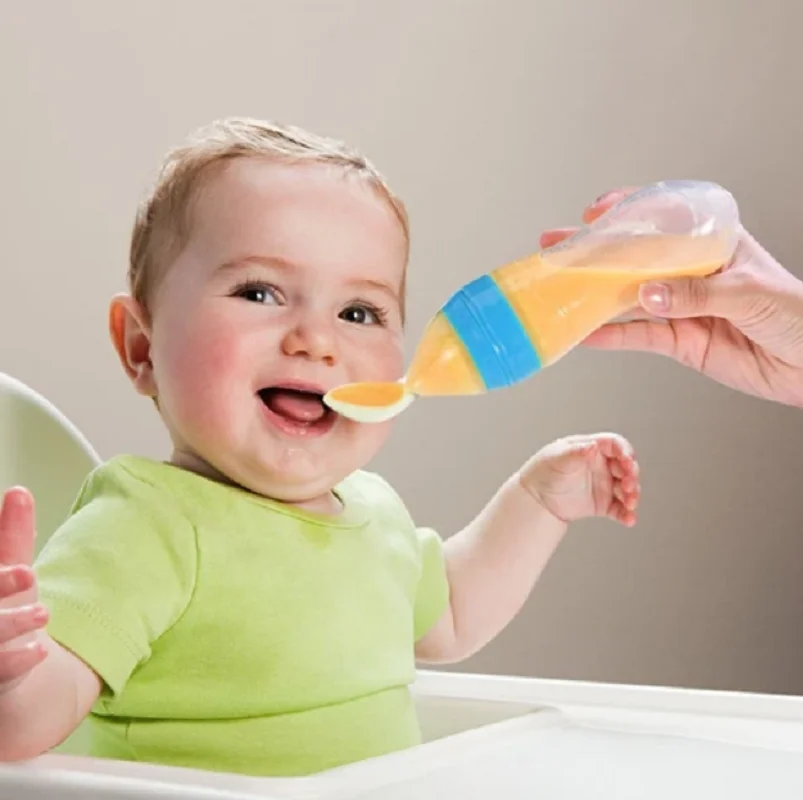Fever time food for babies
Fever Food Chart for Babies and Toddlers
| | by Dr Hemapriya
Little children can get particularly fussy during fever, but they still need their nutrition. Get help from our Fever Food Chart for Babies and Toddlers.
Fever Food Chart for Babies and Toddlers
6 Months Fever Food Chart
7 Months Fever Food Chart
8 Months Fever Food Chart
9 Months Fever Food Chart
10 Months Fever Food Chart
11 Months Fever Food Chart
Fever Food Chart for Toddlers (Above One Year)
Tips for Feeding Your Child During Fever
Buy Healthy Nutritious Baby, Toddler food made by our own Doctor Mom !
We all get sick, and when we do, the first thing we want is our Moms! It’s the same with our children, and along with our presence, another important thing they need is nutrition. However, that is easier said than done, considering kids don’t have the appetite to eat anything when they’re sick. Some children may also feel nauseous, which makes it even more challenging to hold food down.
That’s why it’s important to choose foods carefully during a fever. The foods we choose should be able to fight the infection by boosting immunity, and it should also provide enough energy to get through this phase. Sufficient fluid intake is also important to prevent dehydration.
Considering all this, breast milk is one of the best foods to feed during a fever. It’s got enough calories and liquid, and it also contains antibodies that help your little one fight the fever. It also offers comfort at a time your baby needs it the most. Along with this, you can add some supplementary solids when your baby is over 6 months.
During a fever, babies can only eat a little, so it’s important to make that little count, in terms of calories and nutrients. Here are food charts for every age, covering all the meals of the day for 5 days. Hopefully by the end of this period, your little one should be up and have an appetite to eat all her favorite foods!
Hopefully by the end of this period, your little one should be up and have an appetite to eat all her favorite foods!
Important Note: Please remember that these food charts are only for guidance and not a substitute for medical advice. Breast milk is the best food for babies, so breast feed whenever your baby wants. The WHO recommends exclusive breastfeeding for babies under 6 months.
6 Months Fever Food Chart
7 Months Fever Food Chart
8 Months Fever Food Chart
9 Months Fever Food Chart
10 Months Fever Food Chart
11 Months Fever Food Chart
Fever Food Chart for Toddlers (Above One Year)
Tips for Feeding Your Child During Fever
- If your baby is too weak and tired to suck, express some breast milk and feed with a spoon
- Choose foods with more calorie content to avoid losing weight
- Keep the focus on protein, with foods like milk, dal and eggs or chicken
- Avoid oily, spicy and high fiber foods since they can be difficult to digest
- Cut down on butter, ghee and fried foods as well as soups with cream
- Offer only small quantities at a time, and offer them at more frequent and regular intervals
- Don’t force the child to eat, and stick to fluids in case of vomiting
- Maintain an upright position when feeding the child; don’t feed when lying down
- For toddlers, offer liquids like ginger tea or ajwain water throughout the day
Basically, just feed your baby whatever she likes, which may include fluids, soft solids and as much breast milk as she wants. Most children recover their appetites once the fever passes, and they often eat more to makeup for what they lost during the fever. This is the body’s natural process, so there’s no need to worry too much. However, if the child is not eating at all, get medical help.
Most children recover their appetites once the fever passes, and they often eat more to makeup for what they lost during the fever. This is the body’s natural process, so there’s no need to worry too much. However, if the child is not eating at all, get medical help.
Buy Healthy Nutritious Baby, Toddler food made by our own Doctor Mom !
Shop now!11 Effective Foods For Babies During Fever (6-12 Months)
As the immune system of your baby is not fully developed, they are more prone to infections and fever (which is the body’s way of fighting infections), especially before their first birthday. If your baby develops a fever, obviously, you need to do whatever you can to help it feel better. In addition to medicine and attention, you should take care of your baby’s food. Giving food for babies during fever is a challenge.
Usually, babies refuse to eat during fever. This can make them tired, weak, and cranky. Eating healthy food (regardless of the quantity) also plays a major role in their speedy recovery. Read on to know 11 such foods for babies during fever.
Read on to know 11 such foods for babies during fever.
In This Article
- Feeding Foods for Babies During Fever
- 11 Most Effective Foods for Babies During Fever
- When to Call a Doctor?
- Some Useful Tips to Feed Your Baby when He has Fever
- FAQ’s
Feeding Foods For Babies During Fever
Always give priority to your baby’s wish when it comes to choosing foods for babies during fever. When your baby is sick, the first thing that goes for a toss is their appetite. You can try giving your baby some of their favorite food, but make sure the food is both nutritious and provides your baby with enough energy to fight the infection.
But, if your little one wants to be on your feed, listen to their wishes and breastfeed or formula feed them entirely till they recover from fever as breast milk and formula provide all the essential nutrients. Never force your baby to eat if they don’t want to. Just keep feeding them at regular intervals to keep them active and remember their appetite will return when they start feeling better.
Never force your baby to eat if they don’t want to. Just keep feeding them at regular intervals to keep them active and remember their appetite will return when they start feeling better.
11 Most Effective Foods For Babies During Fever
The food for babies during fever should be:
- Warm, less spicy, semi-solid, and soft.
- Easily digestible.
- Protein intake should be increased. Dal and milk, which are rich in proteins, can be added to their diet.
- Include food rich in calcium, sodium, iron, vitamin C, vitamin A, and vitamin B.
- Avoid oil, butter, ghee, and highly fibrous foods. Also, avoid cold food.
Here are eleven foods for babies during fever time and you can give this kind of food given below:
1. Breast milk
If your baby is down with a fever, feed them as much breast milk as they need. After all, it is their primary food during the first year. Intake of fluid is important during the fever. Breast milk not only helps to prevent dehydration but also provides your baby with all the essential nutrients. It also benefits your baby since it contains antibodies. Breast milk is easy to digest. Moreover, the act of nursing comforts your baby while they are suffering from fever.
Intake of fluid is important during the fever. Breast milk not only helps to prevent dehydration but also provides your baby with all the essential nutrients. It also benefits your baby since it contains antibodies. Breast milk is easy to digest. Moreover, the act of nursing comforts your baby while they are suffering from fever.
2. Dal Khichdi
If your baby is over six months, you would have introduced them to solids. Moong dal khichdi supplies enough protein to your baby. It is not only easy to digest but is a balanced meal and truly a portion of comfort food. Dal khichdi is light on your baby’s tummy and also provides all the essential nutrients. Give warm khichdi to your baby. Do not try to give your baby the usual quantity they are used to eating. Even if they take a few spoons, and stop eating, do not force them. View basic dal khichdi recipe here.
3. Mashed Curd Rice
You can give curd rice to babies above 11 months.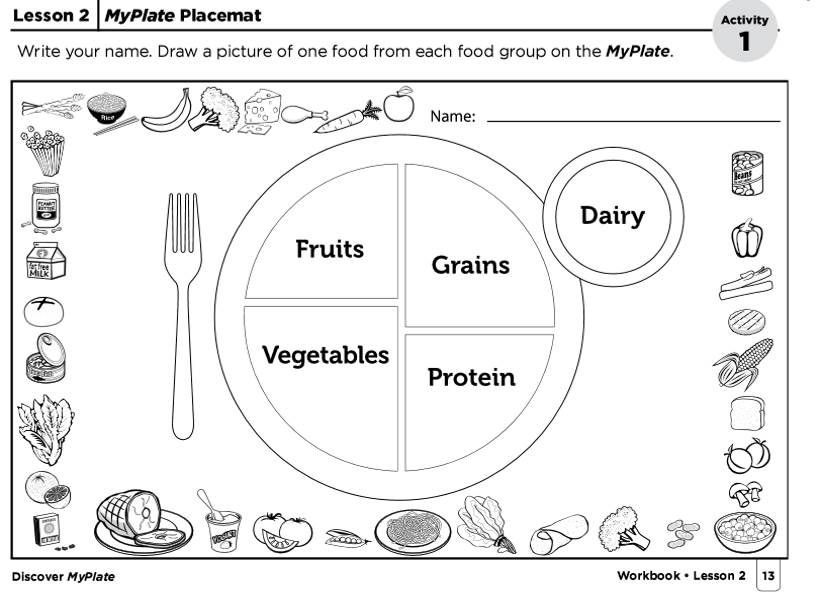 Remember to use curd or yogurt that is at room temperature rather than a cold one. Mash the rice well before giving it to your baby. Curd rice is easy to digest and also has a soothing effect.
Remember to use curd or yogurt that is at room temperature rather than a cold one. Mash the rice well before giving it to your baby. Curd rice is easy to digest and also has a soothing effect.
4. Soup
Giving baby clear vegetable soups help to alleviate any tiredness, and it also supplies essential nutrients. Wash the seasoned vegetables thoroughly, chop them, and pressure cook them with enough water (use only filter water). Add a pinch of salt and a little pepper (optional) and bay leaves. Cook on low flame for 15 to 20 min. Let it cool, and then you can puree the vegetables, strain them and feed your baby this warm soup.
5. Dalia Porridge
Dalia porridge is a good choice to give to babies during fever. Just cook, clean and soak (for 15 min) dalia in a pressure cooker for 15 minutes on low flame. Add a pinch of salt. Mash well.
6. Fruit and Vegetable Puree
Stewed apples, mashed bananas, pureed peas, and carrots are good foods for babies during fever.
7. Rice Cereal
If your baby prefers to eat, you can try giving them rice cereal, which is also a good source of nutrition. Rice water is also said to help reduce fever.
8. Turmeric and Ajwain
Use these items liberally while preparing food for your baby. All these ingredients are antibiotics in nature and help in fighting the infection and reducing the temperature.
9. Stewed Apple
Apple sauce or stewed apple is easily digestible and hence is ideal during fever.
10. Sweet potatoes
Sweet potatoes are packed with immune-boosting nutrients. Give steamed, mashed/pureed sweet potatoes or give as porridge to your baby during this period.
11. Broccoli
The antioxidants in broccoli help fight diseases. It also stimulates the body’s immune system. Give pureed or broccoli soup.
When to Call a Doctor?
If your baby is suffering from fever, it’s best to take them to the doctor immediately. You need to take note of the symptoms the baby is showing so that the doctor can advise accordingly:
- Vomiting
- Diarrhea
- Unexplained rashes
- Unusually sleepy or fussy,
- Seizures
It is essential that you give more nutritious food to the baby, that provides more energy. Be patient and offer the food in small quantities over frequent meals to your baby. If your baby is not eating at all, then you must seek medical help as this lack of appetite would be an indication of something more serious than a fever.
Be patient and offer the food in small quantities over frequent meals to your baby. If your baby is not eating at all, then you must seek medical help as this lack of appetite would be an indication of something more serious than a fever.
Some Useful Tips to Feed Foods For Babies During Fever
These tips would help your baby feed better and fuss-free:
- Try to give the baby frequent small feeds.
- If your baby is too weak to suckle, the mother can express breast milk and feed the baby with a spoon.
- Be patient, but persistent in offering food that your baby likes in order to overcome a lack of appetite.
- Do not feed a baby while it is lying down. Take it in your lap and make them sit up.
- If your baby throws up, wait for ten minutes and then continue offering them fluids or food.
- Do not force-feed your baby.
It is natural for your baby to lose appetite when they have a fever. As long as your little one is taking breast milk or formula milk, it is ok if they refuse to eat other food.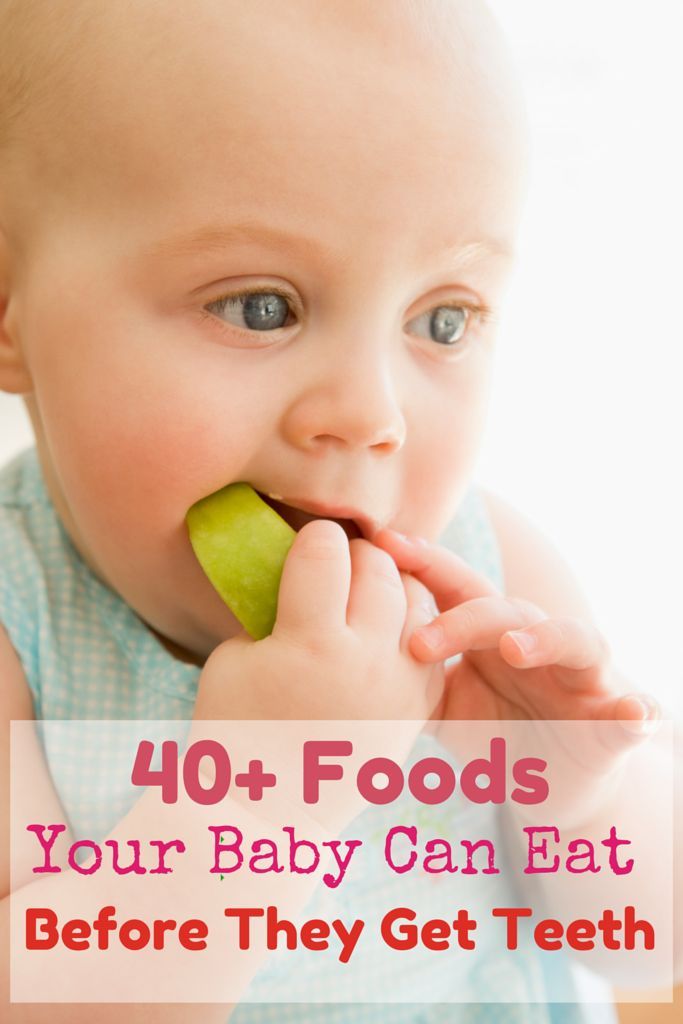 But if your baby refuses to take breast milk, you must contact your doctor immediately.
But if your baby refuses to take breast milk, you must contact your doctor immediately.
FAQ’s
1. Can Foods Help Bring Down my Baby’s Fever?
Yes, certain foods can. Foods rich in nutrients and electrolytes can help the body fight better. This can help reduce the fever naturally.
2. Are Apples Good for Fever?
Yes, apples are packed with good nutrients. Make an apple sauce that can be mixed with a variety of foods. It is easy to digest and adds flavor too.
3. What is a BRAT Diet?
These is Bananas, Rice, Applesauce, and Toast. These foods are good for the body and tasty for the tongue too. Since they stay down longer, this is recommended for sick babies.
4. Should I Follow the CRAM Diet When my Baby Has a Fever?
The cereal, Rice, Applesauce, and Milk diet is good for any baby. When your baby is sick and is refusing food, this can be soothing. This diet is high in fat, thus helping to restore your baby’s energy when sick.
Nutrition in feverish conditions
Fever is a state of the body in which the body temperature rises above the normal level. Fever usually indicates an infectious disease, the temperature in these cases rarely exceeds 40.5 °. But the cause of fever can also be a non-communicable disease, such as cancer. Some types of fever - love or gold - are not directly related to oncology and are not considered here.
Fever usually indicates an infectious disease, the temperature in these cases rarely exceeds 40.5 °. But the cause of fever can also be a non-communicable disease, such as cancer. Some types of fever - love or gold - are not directly related to oncology and are not considered here.
At its core, fever is considered an adaptive response, but if the temperature is too high or prolonged, it can be harmful. Unfortunately, fever often accompanies cancer. Most febrile conditions are characterized by intoxication of the body to one degree or another. Antibiotics and hormones are considered the main and targeted means of treating fever in cancer patients. But nutrition in febrile conditions also plays an important role.
The main goal is to maintain the overall strength of the body, increase its resistance, reduce the inflammatory process and intoxication. In some (not the most favorable) periods of oncological diseases, the temperature can be high. In these cases, the calorie content of the diet for a short time can be reduced by limiting carbohydrates, proteins and fats; should reduce the amount of salt in the diet. At the same time, the amount of vitamins, especially ascorbic acid, and foods rich in calcium salts are increased. First of all, plenty of drinking is shown to ensure increased heat transfer due to increased sweating (compote, sweetened tea, rosehip broth). The use of fresh milk should be limited, and the intake of ascorbic acid can be increased by 1.5-2 times; in the diet to focus on plant foods.
At the same time, the amount of vitamins, especially ascorbic acid, and foods rich in calcium salts are increased. First of all, plenty of drinking is shown to ensure increased heat transfer due to increased sweating (compote, sweetened tea, rosehip broth). The use of fresh milk should be limited, and the intake of ascorbic acid can be increased by 1.5-2 times; in the diet to focus on plant foods.
During bed rest and high temperature, food should be gentle for the organs of the cardiovascular, digestive systems and for the functioning of the kidneys. A beneficial effect is provided by food containing a large amount of phosphorus and manganese salts (liver pate, baked salmon, egg yolk, almonds, liver, oatmeal, cranberries). The set of products should be varied, it should be dominated by easily digestible foods that do not contribute to increased gas formation, bloating and constipation. Although it is unlikely that all these requirements will be met by products containing phosphorus and manganese (with the exception of oatmeal). The diet should actively use foods rich in B vitamins: meat, fish, yeast, etc. - It has a positive effect on the work of the intestines. As sources of easily digestible protein and calcium, dairy products are especially important with the mandatory inclusion of sour-milk drinks. Whole milk is used only in dishes. Food is cooked in chopped and pureed form, boiled in water and steamed. Both cold and very hot drinks and dishes are excluded, as well as spicy, salty, pickled foods, spicy seasonings and sauces. Increase the amount of free fluid to 1.5-2 liters per day due to diluted juices from fruits and berries, rosehip broth. Drinking plenty of tea with lemon, fruit drinks, liquid jelly, compotes, etc. We must not forget that at a high temperature that lasts for a long time, the diet should provide enough nutrients and energy to maintain the physical condition of the patient and make up for the loss of proteins, vitamins and mineral salts.
The diet should actively use foods rich in B vitamins: meat, fish, yeast, etc. - It has a positive effect on the work of the intestines. As sources of easily digestible protein and calcium, dairy products are especially important with the mandatory inclusion of sour-milk drinks. Whole milk is used only in dishes. Food is cooked in chopped and pureed form, boiled in water and steamed. Both cold and very hot drinks and dishes are excluded, as well as spicy, salty, pickled foods, spicy seasonings and sauces. Increase the amount of free fluid to 1.5-2 liters per day due to diluted juices from fruits and berries, rosehip broth. Drinking plenty of tea with lemon, fruit drinks, liquid jelly, compotes, etc. We must not forget that at a high temperature that lasts for a long time, the diet should provide enough nutrients and energy to maintain the physical condition of the patient and make up for the loss of proteins, vitamins and mineral salts.
In case of very high temperatures, liquid food is preferable: semi-sweet tea with lemon, juices and fruit drinks from various fruits and berries, mineral water without gas, thorn broth and strong fat-free meat broth, low-fat sour-milk products.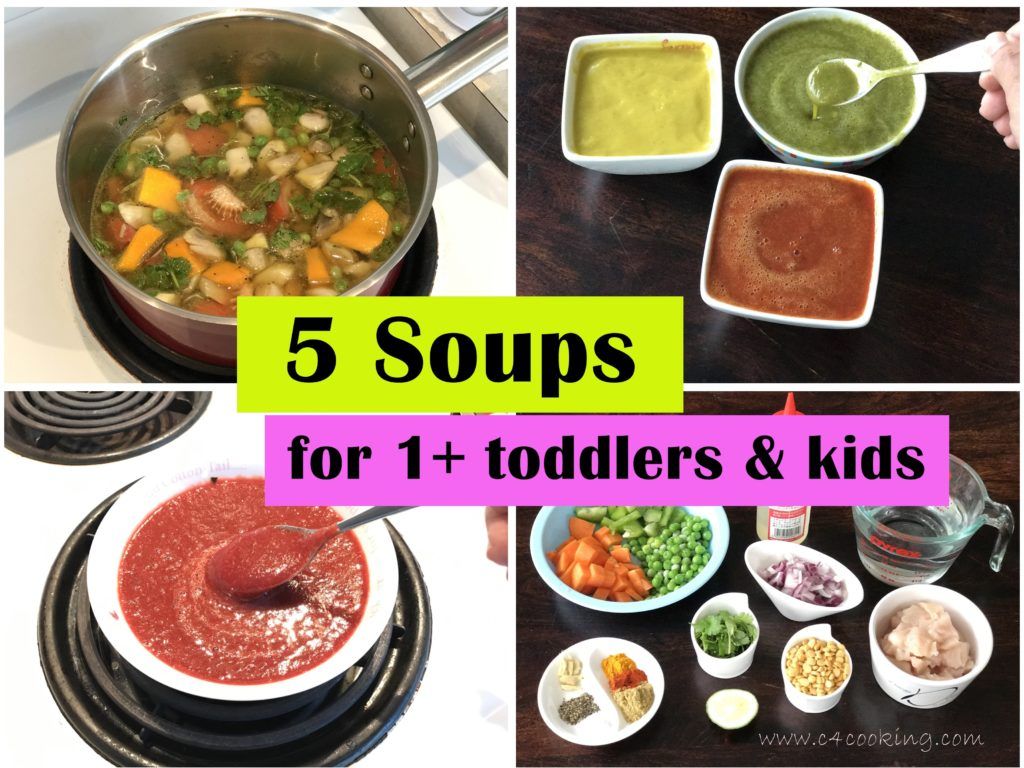 At the first signs of improvement in the condition and the appearance of appetite, soups on broth or vegetable broth, with boiled semolina, rice, oatmeal or vermicelli, soufflé and mashed meat, soft-boiled eggs, boiled fish, cottage cheese, mashed with cream, fruits and vegetables puree, baked apples, etc. The diet should drastically limit fats.
At the first signs of improvement in the condition and the appearance of appetite, soups on broth or vegetable broth, with boiled semolina, rice, oatmeal or vermicelli, soufflé and mashed meat, soft-boiled eggs, boiled fish, cottage cheese, mashed with cream, fruits and vegetables puree, baked apples, etc. The diet should drastically limit fats.
At high temperature and bed rest, a low-energy diet (2000-2100 kcal) is indicated, mainly due to a decrease in fats and carbohydrates and, as we have already said, with an increase in calcium content (dairy products), salt restriction (with profuse sweating, salt intake may be increased).
The second goal of diet therapy is aimed at reducing the inflammatory process, increasing the immunological state of the body, sparing the organs of the cardiovascular and digestive systems, and preventing possible side effects of antibiotics. This is achieved by prescribing a complete diet with a sufficient amount of protein, a high content of vitamins.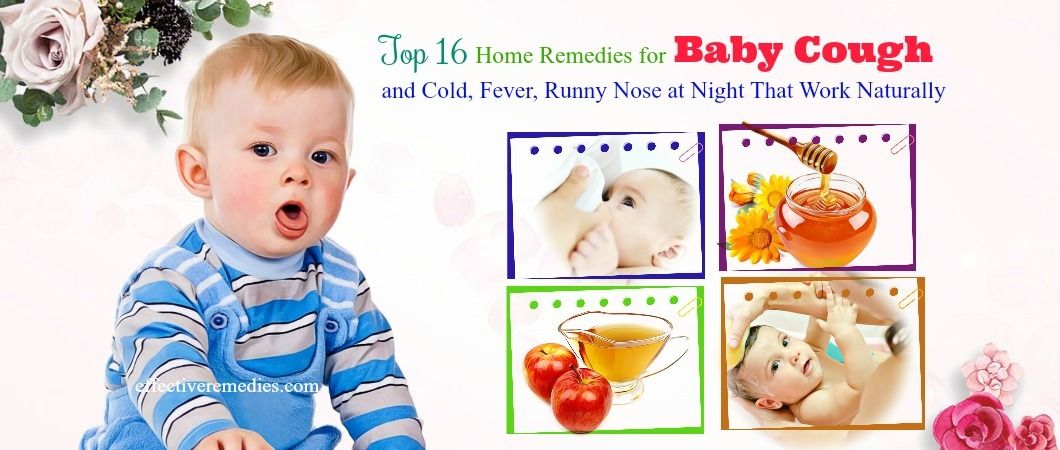
The anti-inflammatory effect, in addition to antibiotics and hormones, is provided by the restriction of carbohydrates (up to 200-250 g), salt and an increase in foods rich in calcium salts (the amount of milk, kefir and fermented baked milk, etc. increases). The diet should be enriched with B vitamins, which prevent the suppression of the intestinal microflora with antibiotics, as well as ascorbic acid, betacarotene. Recommended dishes from meat, fish, cottage cheese, eggs. Once again, we recall fruit and vegetable juices, cranberry juice, blackcurrant broth. Decreasing sodium with salt and increasing dietary calcium also have anti-inflammatory benefits.
To ensure the immune defense of the body, it is necessary to use a sufficient amount of protein in the diet, primarily through the use of dairy products, eggs and fish, as well as the additional intake of multivitamins, which should contain vitamins C and A.
In order to reduce the effects of intoxication drinking plenty (1. 5-1 l or more) of drinks containing vitamin C is shown: sweet and sour juices diluted with water, fruits and berries, rosehip broth, tea with lemon, fruit drinks, compotes. Be sure to include fermented milk drinks in the diet, which normalize the state of intestinal microflora and intestinal activity, provide the body with easily digestible protein and calcium. Whole milk is used only in dishes. Food is given 5-6 times a day in small portions. Useful: rosehip broth and juices - grape and carrot. To reduce severe intoxication, solutions of 5% glucose or sodium chloride 0.5 to 1.5 liters are administered (intravenously).
5-1 l or more) of drinks containing vitamin C is shown: sweet and sour juices diluted with water, fruits and berries, rosehip broth, tea with lemon, fruit drinks, compotes. Be sure to include fermented milk drinks in the diet, which normalize the state of intestinal microflora and intestinal activity, provide the body with easily digestible protein and calcium. Whole milk is used only in dishes. Food is given 5-6 times a day in small portions. Useful: rosehip broth and juices - grape and carrot. To reduce severe intoxication, solutions of 5% glucose or sodium chloride 0.5 to 1.5 liters are administered (intravenously).
In case of poor appetite, moderately salty snacks (soaked herring, ham, caviar, etc.), pickled, pickled and spicy vegetables, tomato and other juices, dry grape wine are used.
In prolonged fever accompanied by emaciation, increased nutrition is indicated. Its goal is to provide the body with good nutrition in the conditions of protein breakdown, deterioration in the metabolism of fats and carbohydrates, and increased consumption of vitamins and minerals. Depending on the taste of the patient, various types of meat, poultry and fish can be sources of protein, excluding fatty foods. It is advisable to use dishes from the liver. It is necessary to use special food mixtures.
Depending on the taste of the patient, various types of meat, poultry and fish can be sources of protein, excluding fatty foods. It is advisable to use dishes from the liver. It is necessary to use special food mixtures.
When the temperature rises due to the appearance of stomatitis (infection of the oral cavity and after it), it is necessary to strictly follow the diet. General recommendations are as follows: exclude sweets, milk and dairy products, cereals with milk, concentrated and sweet juices, sweet fruits, fatty, fried, etc. You can only eat sparing food: double broths from "lean" meat, liquid mashed potatoes, boiled cauliflower and carrots, baked apples, bananas.
Site map - Nizhnevartovsk City Ambulance Station
Visually impaired version
- Main
- About the institution
- Documents
- Institution structure
- Community Council
- Information about medical workers
- Availability indicators
- Working hours of a medical organization
- Paid services
- Jobs
- Supervisory authorities
- Photo reports
- Activity
- Information about work in the MHI system
- Unified portal of public services
- Career guidance.
Targeted learning. Employment of graduates
- Anti-corruption activities
- Information for patients
- Social services to the population
- Patient Questionnaire
- How to get high-tech medical care
- Internal regulations for the consumer of services
- Standards for the scope of medical care
- Information for citizens in need of pain relief
- Target values of the criteria for the availability and quality of medical care
- Conditions and procedure for the provision of medical care established by the territorial CHI program
- Information materials on the implementation of the state guarantees program
- List of medicines, medical devices and specialized health foods
- List of types, forms and conditions for the provision of medical care, the provision of which is carried out free of charge
- List of drugs used in the outpatient treatment of children from large families
- Rights and obligations of citizens in the field of health care
- Rights and obligations of insured persons
- Contacts
- Make an appointment with a doctor
- For specialists
- Telephone directory
- Vacancies
- Information for medical personnel
|


